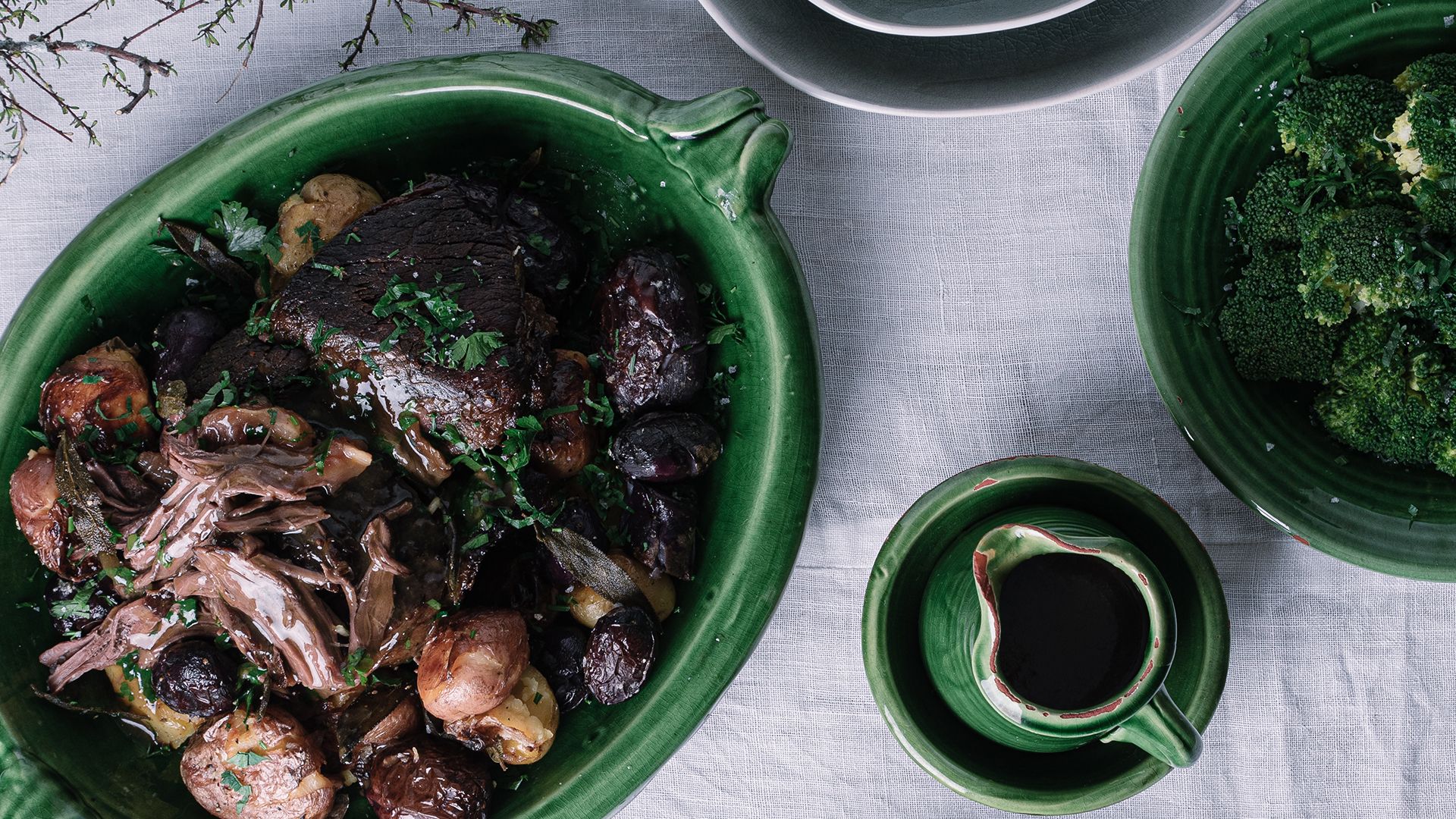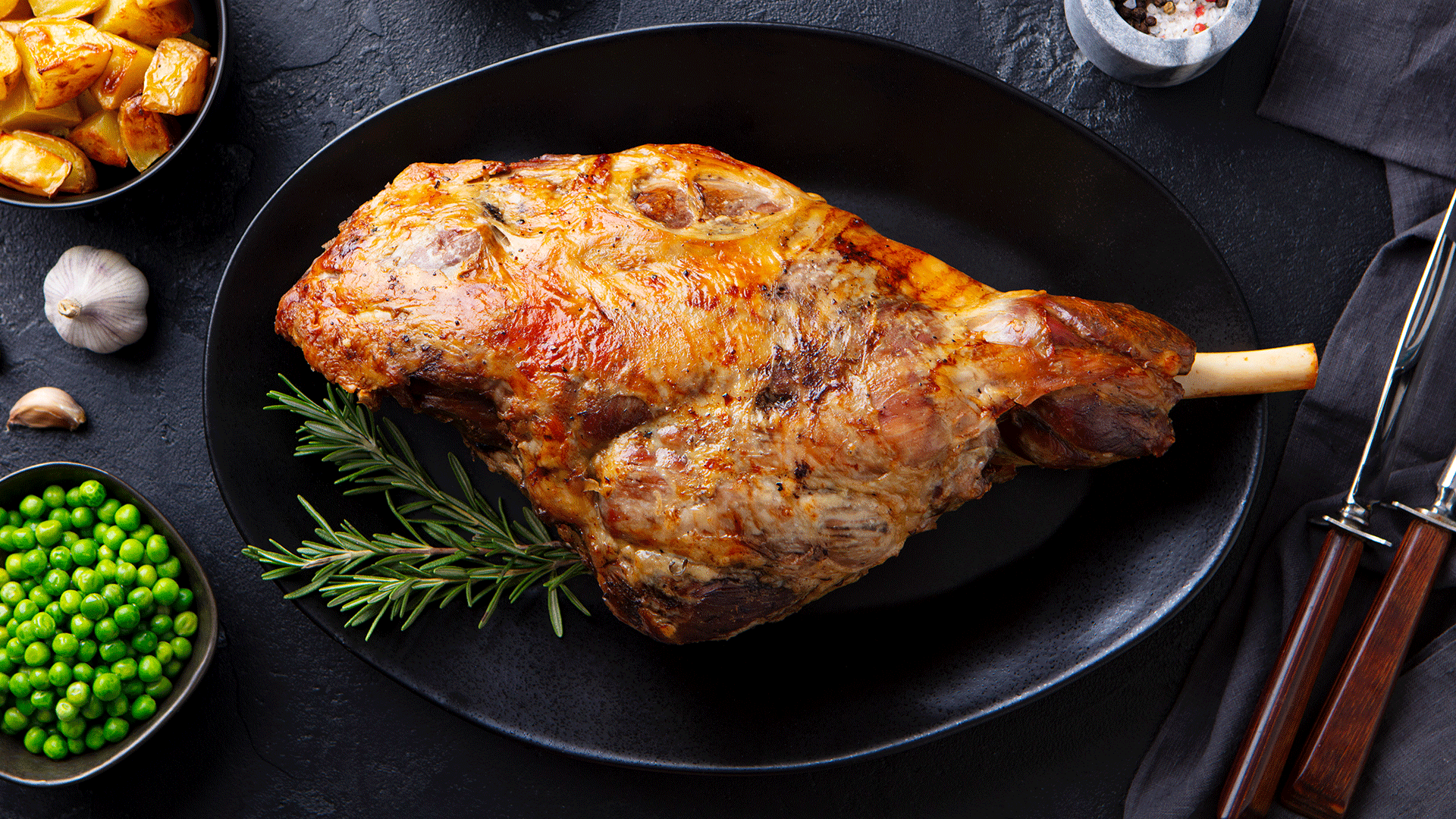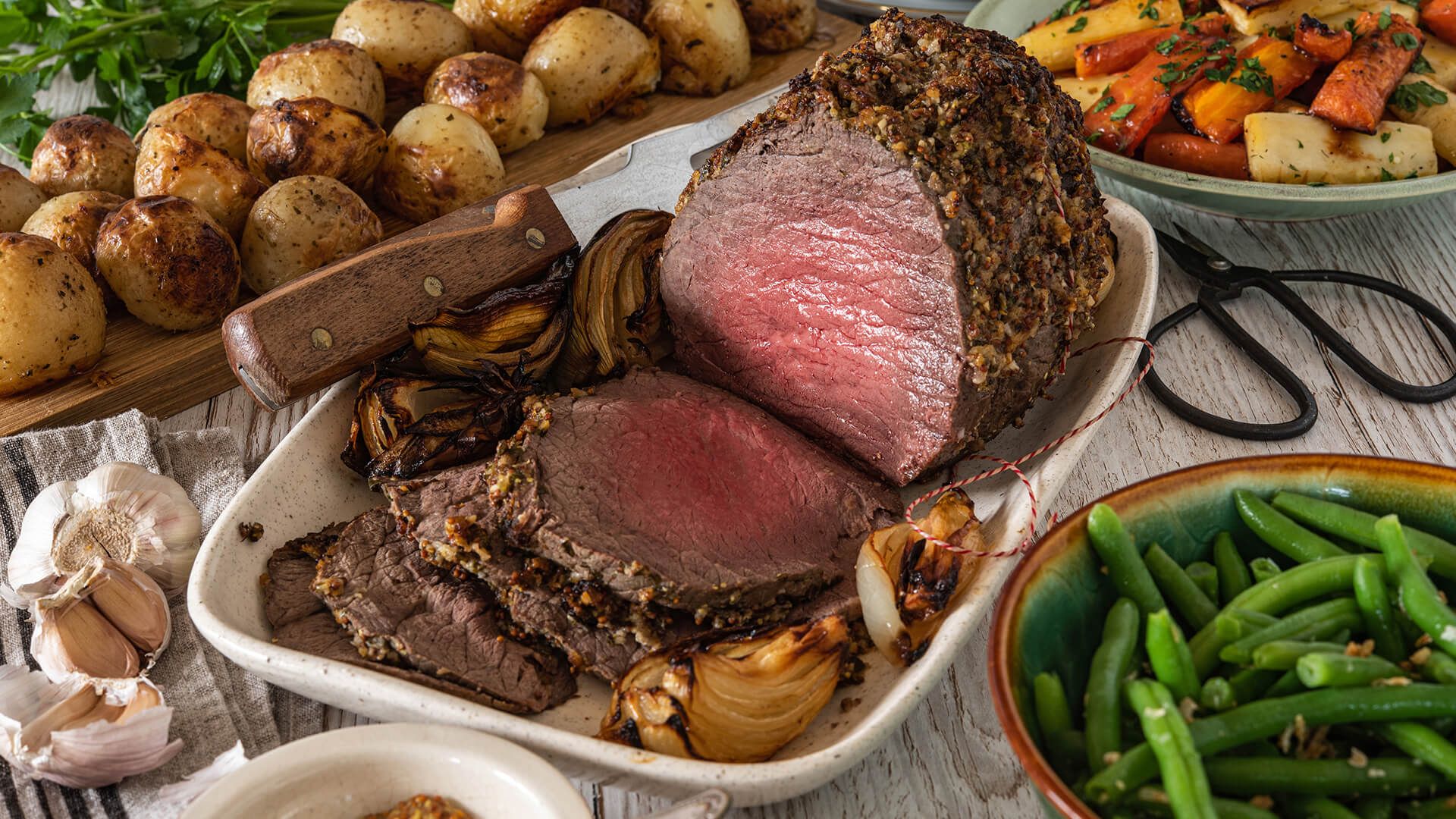Learn
| Tips & Tricks | Cooking Guide: Beef Temperatures and Cooking Times
Cooking Guide: Beef Temperatures and Cooking Times
For those who are having a large cut of beef this Christmas, cooking it can be a little nerve racking. It is an investment, but it is a lot like cooking lamb. Depending on the cut of beef, you’ll want to either sear it hot and fast, or cook it low and slow.

This guide will help you get the very best from your beef - getting to know the different cooking methods, times, and temperatures.
Roast Beef
If you’re cooking roast beef, choosing the right cut is important. A prime rib on the bone or a standing rib roast needs a little less cooking time as leaving the bone in will act as a heat conductor. Where as a rolled roast may be boneless but typically they take longer to cook.

Slow roasting beef cuts
Some cuts of beef need to be roasted for longer on a lower heat. For these cuts, pre-heat your oven to 150-170℃ and cook it for longer.
- Bolar
- Rib-eye
- Rump
- Chuck
- Rolled-rib roasts
TIP: The best way to roast these beef cuts is fatty side up, placed on a meat rack inside a roasting dish.
Fast roasting beef cuts
Some cuts of beef require much shorter cooking times but at a higher heat. For these cuts, preheat your oven to 180 - 200℃ for a shorter cooking time.
- Fillet
- Rump
- Sirloin
- Standing rib
- Rib eye
- Scotch fillet roasts

Do you need to sear beef?
Searing meat is a great way to boost the flavour of your roast before you put it in the oven. The caramelisation of the beef’s natural sugars form a rich brown crust. As a general rule, to get that rich brown surface, you’ll need to sear the beef for a few minutes on each side, so be patient, it will happen!
Cooking times and internal temperatures:
Getting the cooking time right is vital to ensuring you get the ultimate roast. Weigh your raw cut first and use the equation below as a guide for how long to get your perfect roast.
Minutes per 500gms
20 minutes: Rare (55°C inside)
25 minutes: Medium-rare (60°C inside)
30 minutes: Medium (70°C inside)
35 minutes: Well-done (75°C inside)
A meat thermometer is the best way to check the temperature. At the time you expect your roast to be cooked, take two readings from different places, particularly with any cuts that are an uneven shape.
If you don’t have a meat thermometer, take a thin metal skewer and stick it through the thickest part of your roast beef. Remove the skewer and gently press the meat around the hole until you can see the juices.
- Red Juice: Your beef roast is rare
- Pink Juice: Your beef roast is medium-rare
- Clear Juice: Your beef roast is medium
- No Juice: Your beef roast is well done
And lastly, always rest your roast before carving up. It will keep cooking after it’s taken out of the oven. Resting the meat helps the juices return to the meat, ensuring more flavour and tenderness. A general rule of thumb is to let your roast rest for 1 minute per 100g of meat.

Posted by Beef + Lamb New Zealand









